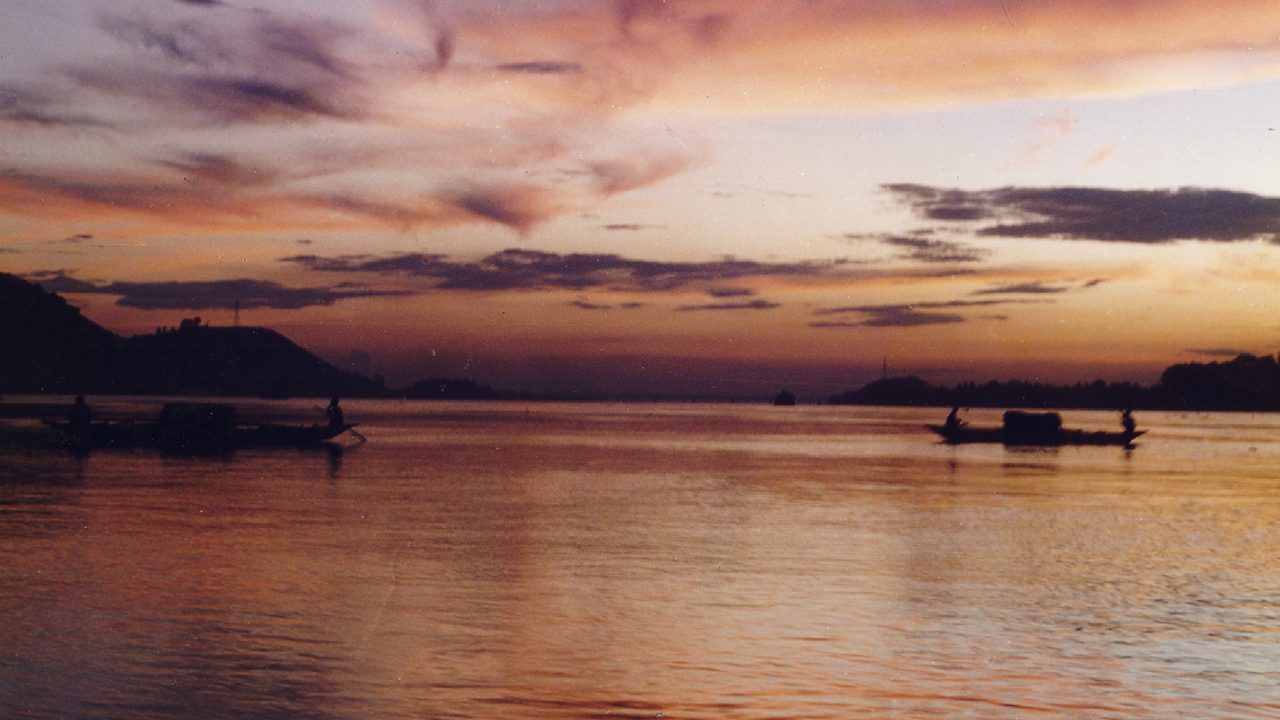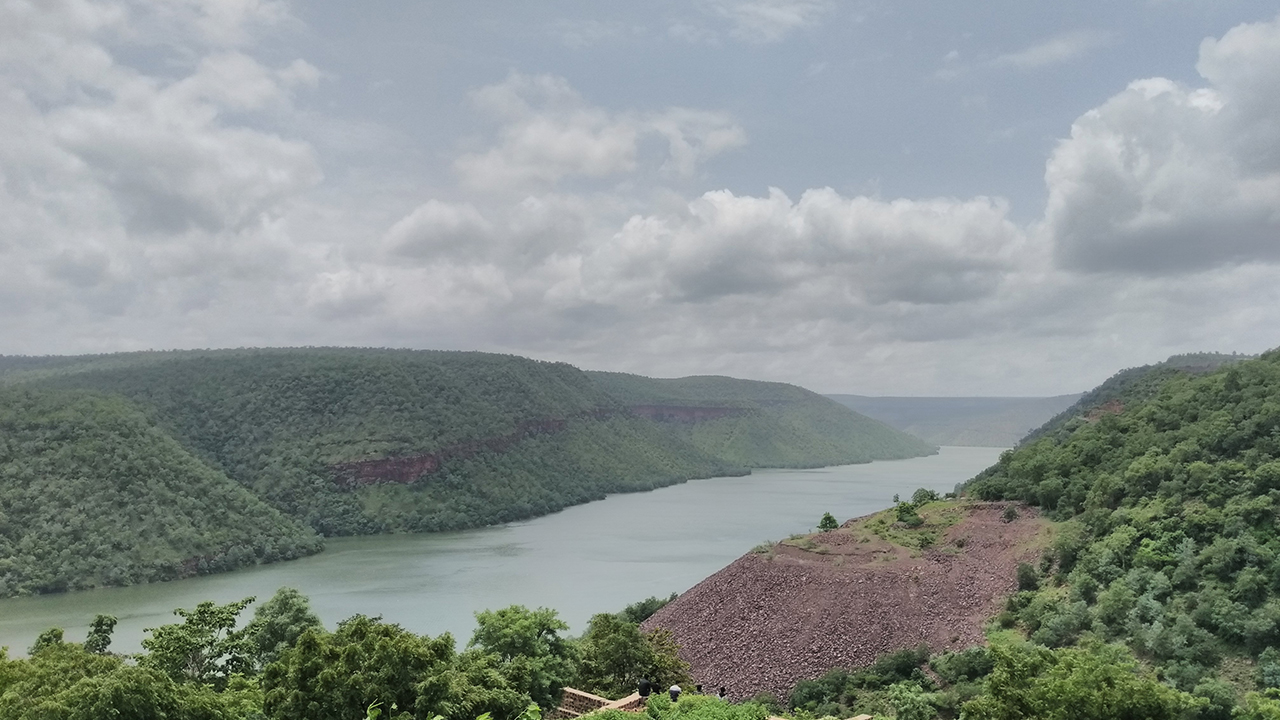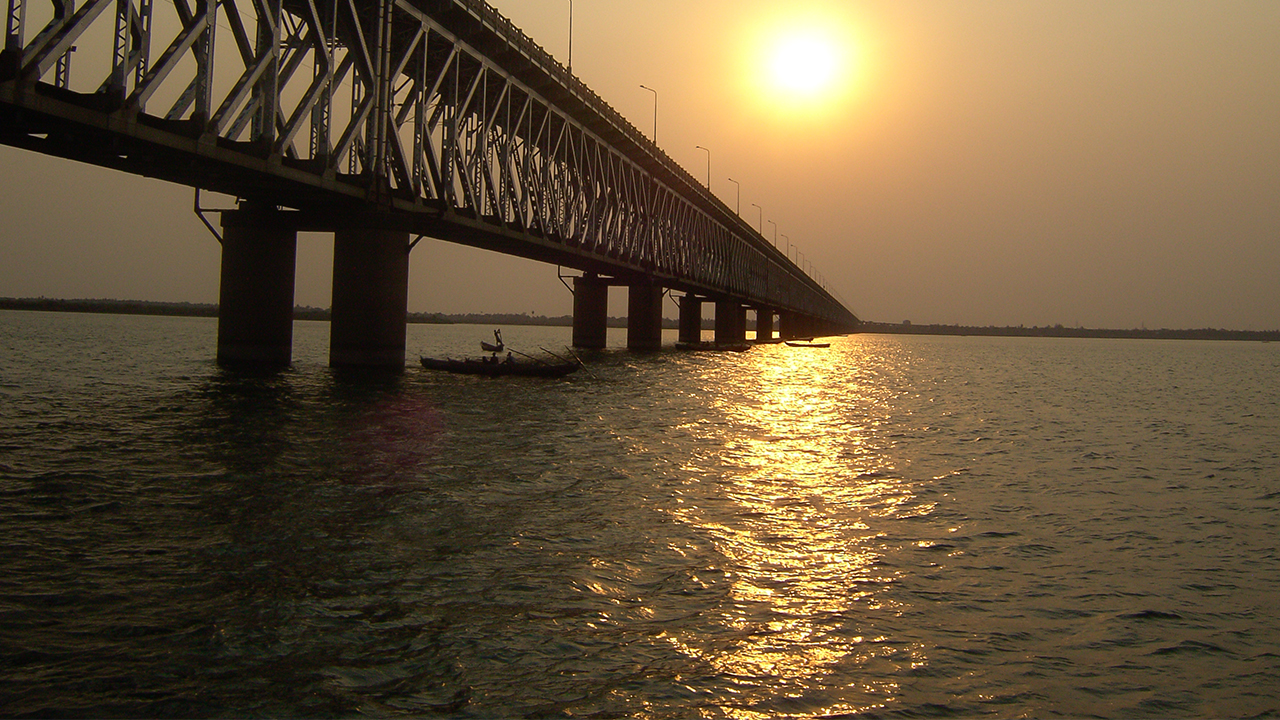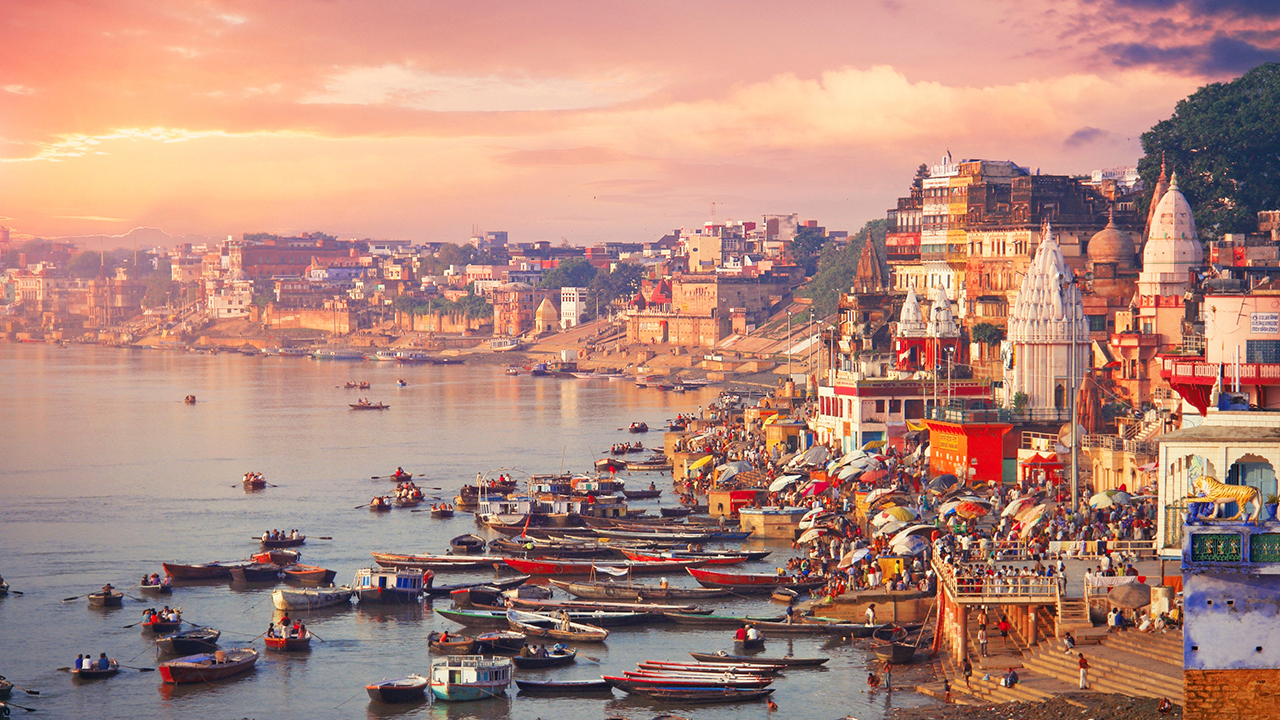Rivers, the lifelines of our planet, meander through vast landscapes, shaping the Earth’s surface and nurturing diverse ecosystems.
From tranquil streams to mighty torrents, they carry water, sediments, and life itself. Rivers connect civilizations, providing sustenance, transportation, and inspiration. They symbolize the eternal flow of time, reminding us of nature’s enduring power.
India, a land of diverse landscapes and rich cultural heritage, is blessed with an extensive network of rivers that have played a vital role in shaping the country’s history, culture, and economy.
From the snow-capped Himalayas to the coastal plains and the Deccan Plateau, India’s rivers traverse through various terrains, nourishing the land and its people. These mighty water bodies hold immense significance, not only as a source of life-giving water but also as sacred sites, historical landmarks, and natural wonders.
In this exploration of India’s famous rivers, we delve into their historical, geographical, and cultural significance, revealing the profound impact they have had on the Indian subcontinent.
Famous Rivers
The list of Famous Rivers in India starts from here.
7. Brahmaputra River

The Brahmaputra River is a big river that starts from a place called Mansarovar Lake in Tibet, China. It is the second river that comes from there. In India, people consider the Brahmaputra River as a boy.
In China, it is called the Yarlung Tsangpo River. The river enters India through a state called Arunachal Pradesh. During the rainy season, from June to October, the river often overflows and causes floods.
There is a national park called Kaziranga on the banks of the Brahmaputra River. After crossing through the state of Assam, the river goes into Bangladesh.
The Brahmaputra River is really long, about 3180 kilometers in total. But within India, it is only 916 kilometers long. There is a special island called Majuli in the Brahmaputra River in Assam, India.
In 2016, it became the first island to become a district in India. A long time ago, the island was much bigger, about 880 square kilometers.
6. Indus River

Long ago, India was named after a river called the Indus River. The Indus River starts from a beautiful lake called Mansarovar and goes through places like Ladakh, Gilgit, and Baltistan.
It’s a very special river because it was home to one of the oldest and most successful civilizations, called the Indus Valley Civilization.
The Indus River has many smaller rivers that join it along the way, like Jansker, Soan, Jhelum, Chenab, Ravi, Sutlej, and Beas. Some important cities in India, like Leh and Skardu, are located near the banks of the Indus River.
The Indus River is really long, stretching for a total of 3180 kilometers. But in India, it only covers a distance of 1,114 kilometers. That’s still quite a lot.
5. Krishna River

The Krishna River is one of the important rivers in India. It’s the fifth longest river in India, following some other big rivers like the Ganges and the Godavari.
River starts in a place called Mahabaleshwar and flows through different states like Maharashtra, Karnataka, Telangana, and Andhra Pradesh. It finally reaches the Bay of Bengal.
The Krishna River is really helpful for farmers because it provides water for irrigation. It helps to grow crops in the states of Maharashtra, Karnataka, Telangana, and Andhra Pradesh.
Some of the important branches of the Krishna River are Bhima, Panchganga, Dudhaganga, Ghataprabha, and Tungabhadra. The river passes through cities like Sangli and Vijayawada.
Overall, the Krishna River is about 1,300 kilometers long. It’s a big river that helps many people in India.
4. Narmada River

The Narmada River is a really important river in India. It has different names like Rewa and Nerbudda. It starts from a place called Amarkantak. The Narmada River is special because it flows in the opposite direction compared to most other rivers in the country.
Instead of going east, it goes west. People in Madhya Pradesh and Gujarat, two states in India, rely on this river a lot for their water needs.
It is also considered very sacred by Hindus, who believe it is one of the seven most special rivers in India. The Narmada River is about 1,312 kilometers long, which is a really long distance.
3. Yamuna River

The Yamuna River, also known as the Jamuna River, starts at a place called the Yamunotri glacier in a district called Uttarkashi in Uttarakhand state. It’s a part of the Ganges River and it’s the longest branch of that river.
Unlike some other rivers, the Yamuna River doesn’t flow directly into the sea. It has many smaller rivers that join it along the way, like the Hindon, Sharda, Giri, Rishiganga, Hanuman Ganga, Sasur, Chambal, Betwa, Ken, Sindh, and Tons rivers.
The Yamuna River flows through different states in India, like Uttarakhand, Himachal Pradesh, Delhi, Haryana, and Uttar Pradesh. In total, the Yamuna River is about 1,376 kilometers long.
2. Godavari River

The Godavari River, also known as the South Ganges, is the second longest river in India.
It starts from a place called Triambakeshwar in Maharashtra and flows through Chhattisgarh, Telangana, and Andhra Pradesh before finally reaching the Bay of Bengal.
The river has important branches on its left side, such as the Purna, Pranhita, Indravati, and Sabari Rivers. The Godavari River is considered sacred by Hindus and many people have been going on pilgrimages to its banks for many years.
The river is about 1,464 kilometers long. Some big cities like Nashik, Nanded, and Rajahmundry are located on the banks of the Godavari River.
1. Ganges River

The Ganges River, called the Ganga River in India, is very special to people who follow the Hindu religion. It starts from a big glacier called Gangotri Glacier in a state called Uttarakhand. The river begins when two rivers, Bhagirathi and Alaknanda, meet in a place called Devprayag. The Ganges River is not clean and is polluted, which is bad for both people and animals.
There are more than 140 kinds of fish, 90 types of amphibians, and animals like crocodiles and dolphins that are in danger because of this pollution.
The Ganges River is the longest river in India and the biggest one too. It goes through states like Uttarakhand, Uttar Pradesh, Bihar, and West Bengal. At the end, it reaches Bangladesh and joins the Bay of Bengal.
Some other important rivers that join the Ganges are Yamuna, Son, Gomti, Ghaghara, Gandak, and Koshi rivers.
In conclusion, India is blessed with a magnificent network of rivers that have shaped the country’s history, culture, and economy.
From the mighty Ganges, symbolizing spirituality and devotion, to the Indus River, which nurtured one of the oldest civilizations, each river holds unique significance.
These lifelines, such as the Brahmaputra, Krishna, Narmada, Yamuna, and Godavari, not only provide water and sustenance but also serve as sacred sites and connect diverse regions.
As they flow through India’s varied landscapes, these famous rivers continue to inspire awe and remind us of the enduring power of nature’s timeless flow.
